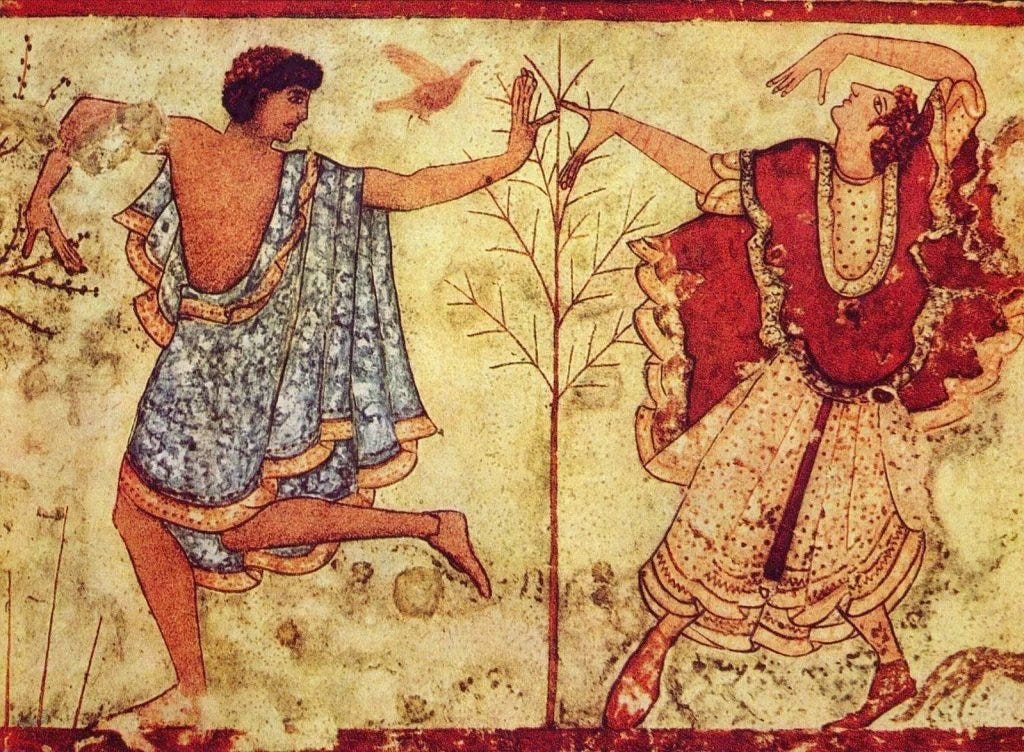
Dear Classical Wisdom Reader,
It’s something we say a lot at Classical Wisdom…
But it’s true: you can’t split the Classics neatly into boxes.
The worlds of literature, history, mythology, philosophy, and more… they all feed into each other, often in unexpected ways, with all of these different elements of ancient society deeply informing the others.
Even the most basic division of the Classical world, between the Greeks and the Romans, is more complex than what it may appear at first glance.
Today’s article examines the artistic legacy of the Etruscans, proto-Romans with vast trading links with the Greeks. The result is a combination of styles that is evocative, distinct, and despite the disparate influences, entirely its own.
Neither Greek nor Roman, Etruscan art shows their society to be notably different from what we might expect from the ancient world.
Not least in its portrayal of women!
Check it out just below…
But first, if you’re interested in the Classics and the revival of Classical Greek, the Delphi Economic Forum is holding a special online event today, titled ‘From Kudos to Logos’, examining the role of Classical Greek in the modern world.
That’s today at 10.30 AM EST. You can find out more HERE.
But now it’s time for a glimpse at the lost world of the Etruscans…
All the best,
Sean Kelly
Managing Editor
Classical Wisdom
From Archimedes to Zeno Become a Member and discover the world-changing power of ancient mathematics in a special issue of our exclusive magazine Classical Wisdom Litterae.
More Than A Mystery: The Art of the Etruscans
By Ben Potter
Many folks see the Etruscan civilization as merely a segue, a follow up to the Greeks and a foreshadowing to the Romans. But casting this ancient society as a sideline character might not do them enough justice.
Indeed, despite the importance of Etruria (the wider region of the Etruscans) in its context as a link between the ancient worlds of the Greeks and the Romans, modern thought considers Etruscan civilization ‘far superior to the traditional picture of a poor relation of Greece and a mysterious prelude to Rome.’
This new found appreciation of the Etruscans can be most clearly seen in its art and architecture – and distinguishing where they leave off from the Greeks and create their own individual style.
Of course, Etruscan art did owe a great debt to Greece. Even in its primitive form, we are able to draw comparisons between the miniature statues of Etruscan native warriors and Greek Cycladic art (Quick note: the Cyclades is a group of islands including and north of modern Santorini). The unnaturally thin limbs and square faces, although not being a direct copy, certainly look as if the Etruscans must have been aware of the Cycladic statues.
This very early example gives us the impression that trends in the art world, in general, evolve in tandem and that ‘picking and choosing’ Greek elements may not have been a conscious decision by Etruscan artists. Instead, the vast trading links with Greece would have provided constant contact with the art of different peoples.
For example, red and black pottery were introduced into the Etruscan world in the 6th century BC when Greek artists began to settle in towns such as Veii and Cerveteri. This would have made good fiscal sense, as it was far easier, safer and cheaper to relocate one gifted artisan than transport 500 pots. We see this evidence in the discovery of bird, ring, and animal shaped vessels found in Greece and Cyprus, but which are made of native clay. Such items are technically Greek rhytons, a type of drinking horn, despite their Etruscan origins.
Additionally, we can see that the antefix, a type of ornament that hides the joints of a tiled roof, from the temple of Portonaccio at Veii is designed in the image of a gorgon, and can be a direct copy of the Greek style prominent on the pediment of the temple of Artemis at Corfu. Also striking is that the two examples are within only a few decades of each other, implying that not only were ideas from Greece to Etruria transferred, but they were done so relatively quickly.
We can also see these cross cultural transfers in painting, particularly in the practice of portraying females in white and males much darker. This made sense in Greek painting as women were supposed to remain within the oikos, or house, whilst men went about their business outside. However, Etruscan women were given no such restrictions (though more about them later) and therefore this shows us an artificial depiction brought to the Etruscans from Greece.
But in many ways Etruscan art was different to that of Greece. For instance, the roofing techniques found in Etruria were not in Greece, and this can be taken further as we examine Etruscan dwellings in general. An Etruscan funerary urn (8th century BC) depicts a wattle and daub hut most unGreek in style. Also, even if some materials and techniques may have had Greek origins, we still have a good deal of subject matter that is uniquely Etruscan.
For instance, there is little exaltation of local heroes in the art and no attempt to use it as a tool of fear or propaganda. This may be one of the reasons why the Etruscans are thought mysterious to modern archaeologists and dangerous to Greeks and Romans, as they felt identity was more precious than all else.
There are other ways in which the Etruscans revealed their own unique style. For example, in pot making. While the technique may be Greek, Etruscans introduced their own shapes into the art, making it no challenge to tell apart a Greek from an Etruscan pot. Additionally, more unGreek scenes appear, such as the mauling of a blindfolded man by a dog, and the occurrence of elaborate gold jewellery, which has more in common with the Celtic Le Tene culture, than with Hellenistic artwork. There is also a good deal of material whose origins could be said to be more Egyptian than Greek, such as the appearance of ‘human feline’ statuettes and hieroglyphic markings.
But it is the women in Etruscan art that make it really unique from Greece.
In both Greek and Roman societies even the highest bred women were subject to a greatly diminished status, both domestically and within the state. Whilst we have little to tell us of the official role of women in Etruscan society, we can see through the artwork that they enjoyed a much more even social status.
‘Etruscan woman ‘went out’ a great deal. We see them everywhere, in the forefront of the scene, taking a considerable place in it and never blushing from shame’ (J. Heurgon, Daily Life of the Etruscans). There are several wall paintings of feasts and banquet scenes that feature both men and women enjoying their meals together. The Greeks, rather unreasonably and rudely, used this as evidence that Etruscan women were all drunkards and promiscuous.
This domestic interaction between the sexes is something that is seen nowhere in Greek art. Women are either interacting between themselves, performing sexual acts, entertaining, working or taking part in a festival in Greece. These domestic scenes, therefore, would be wholly bizarre and unnatural to the Greeks.
In Etruria we see the women reclining along with their husbands in what the Greeks presumed to be a readiness to perform sexual acts, but seems far more probable to be merely an affectionate sharing of time together. This is supported in the grave markers, where the sculptures of a man and wife lie in peace together. We see one example of a couple with the woman holding a baby on her knees in a scene where presumably libations are about to be poured for the child’s safety. Domestic intimacy like this is an alien concept to Greek art.
Though we can clearly identify a good deal of Greek artistic traits in the art of the Etruscans, we could just as easily claim to identify Egyptian ones (to a lesser extent) and on this tack we could claim that any Greek art is not truly Greek but merely a bastardisation of near Eastern art.
That said, Etruscan art can clearly be identified as an art unto its own. Saying it is merely the evolution of Hellenistic art seems rather patronising towards the Etruscans. Regardless of to what extent the Greeks managed to influence Etruria, it seems that the Etruscans were more than capable of firmly stamping their own individuality on their artistic culture.
Más info en frasco@menadelpsicologia.com / Tfno. & WA 607725547 Centro MENADEL (Frasco Martín) Psicología Clínica y Tradicional en Mijas Pueblo #Psicologia #MenadelPsicologia #Clinica #Tradicional #MijasPueblo
*No suscribimos necesariamente las opiniones o artículos aquí compartidos. No todo es lo que parece.

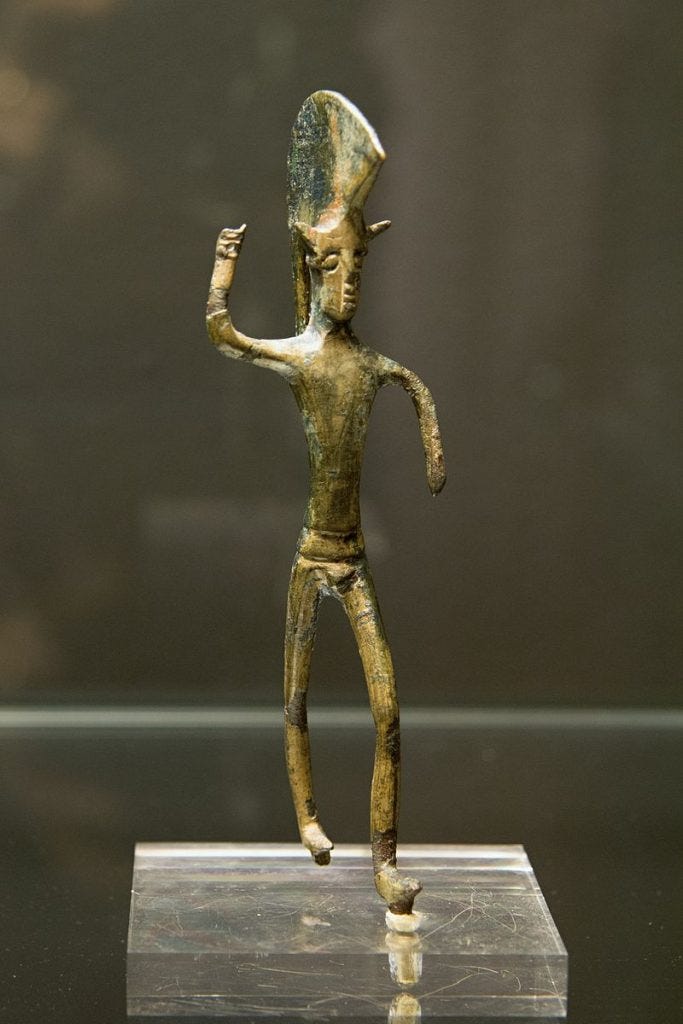
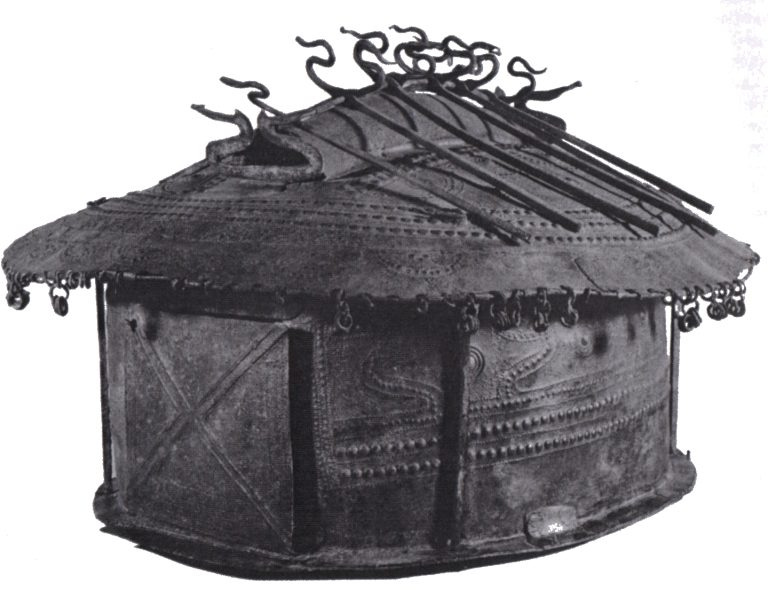
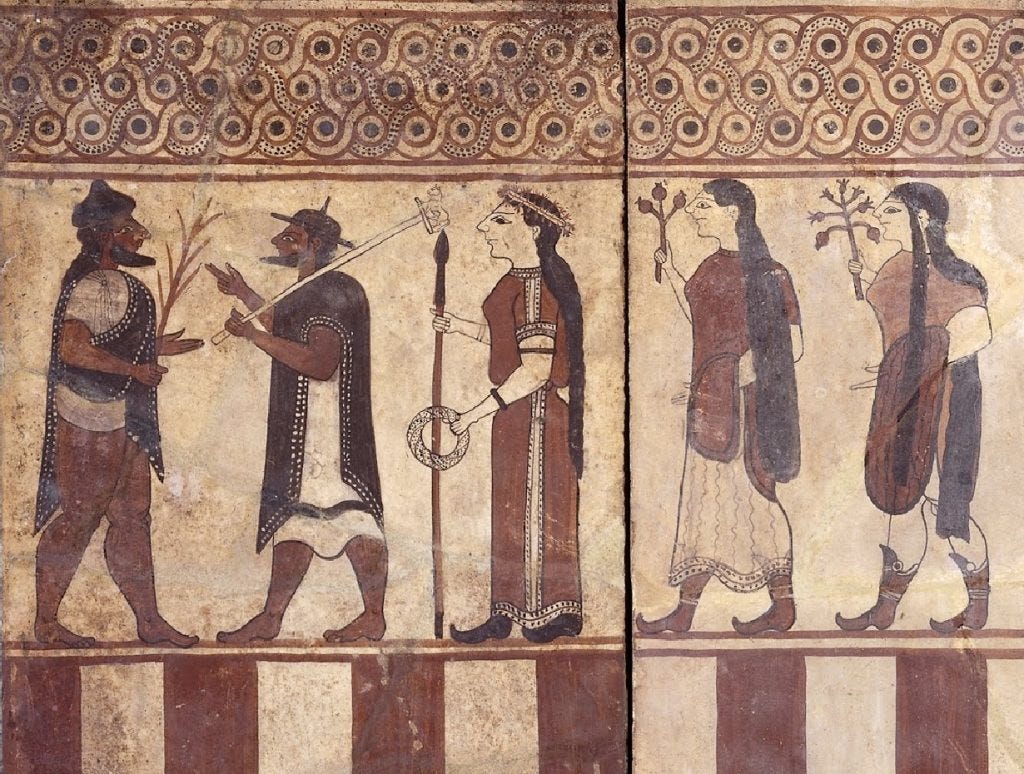
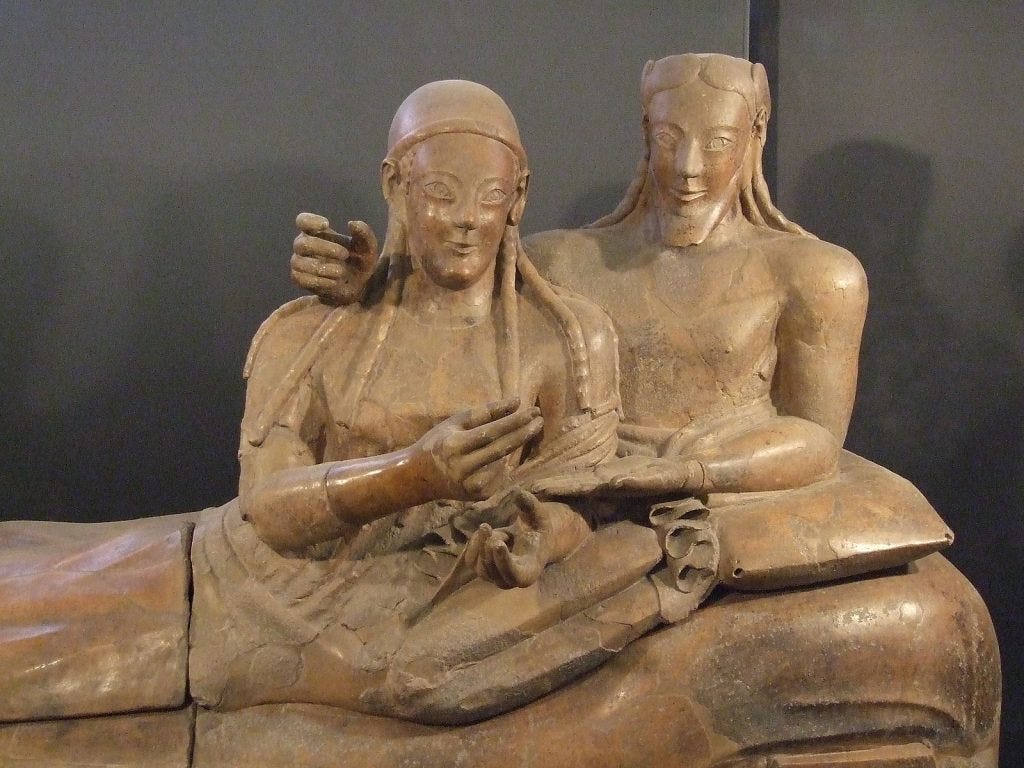
No hay comentarios:
Publicar un comentario